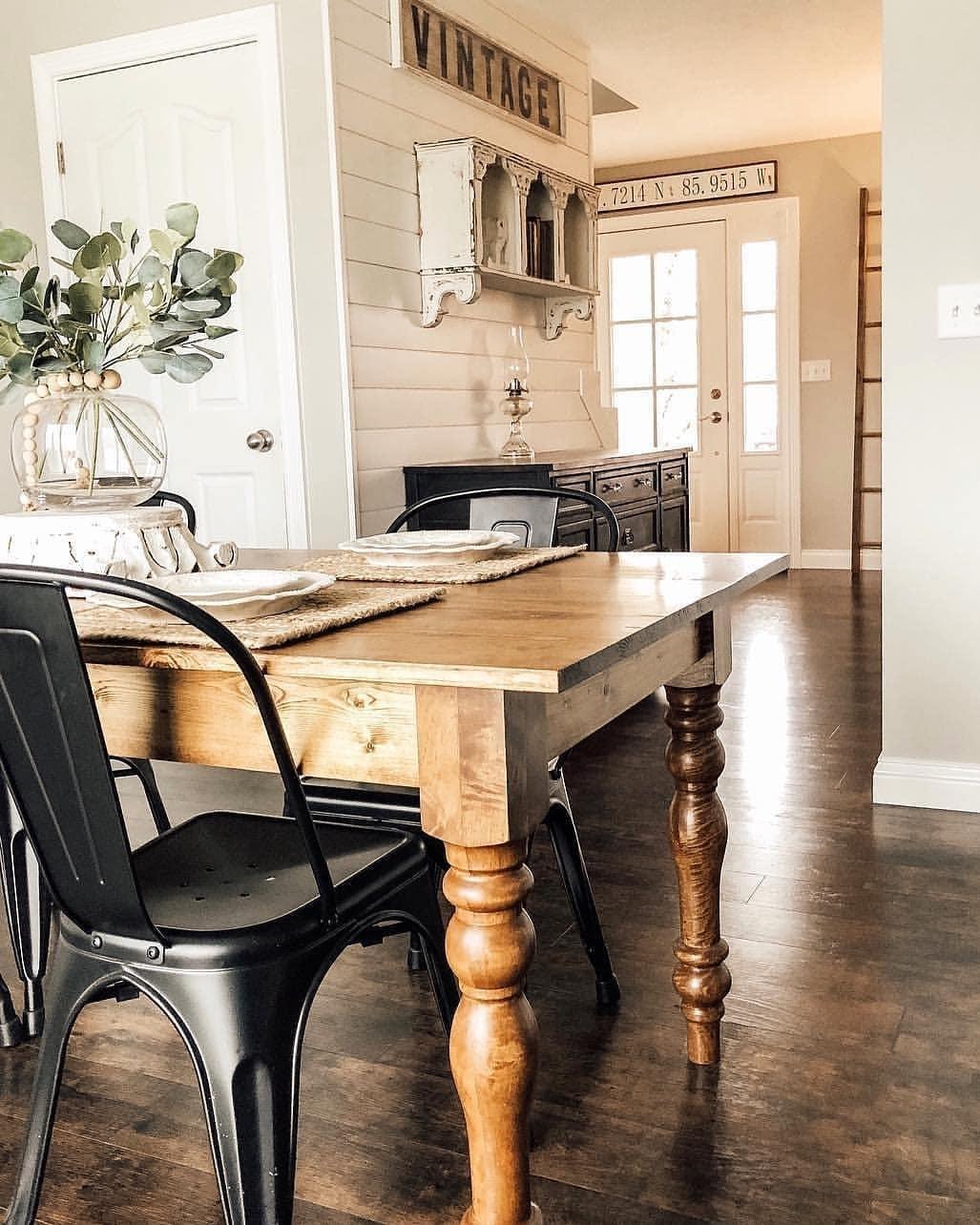The Ultimate Overview to Picking Durable Dining Room Table Legs
The Ultimate Overview to Picking Durable Dining Room Table Legs
Blog Article
A Comprehensive Take A Look At Table Leg Styles: Finding the Ideal Suit
Picking the right table leg design is crucial for both visual appeal and functional performance. Conventional four legs provide classic elegance and stability, while the pedestal base supplies increased legroom and a modern appearance. For those with larger tables, trestle legs make certain strong assistance, whereas barrette legs introduce a mid-century contemporary ambiance with their minimalist style. The x-shaped legs mix modern style with enhanced stability. Each of these choices brings special advantages, making the choice greater than just an issue of preference. Explore further to find which design perfectly matches your dining room and way of life.
Conventional 4 Legs
Amongst the various kinds of table leg designs, the typical four-leg layout remains an ageless option for several households. This classic setup uses an unified mix of capability and aesthetic appeals, making it a seasonal fave. 4 legs give well balanced assistance, ensuring the table remains stable and efficient in bearing substantial weight. This is especially beneficial for homes that often hold big gatherings or utilize their table for multiple purposes, such as job or crafting.
From a visual perspective, the conventional four-leg design can be conveniently adjusted to different interior designs. Whether crafted from timber, metal, or a mix of materials, these legs can be elaborately sculpted, streamlined and minimalistic, or anything in between. Their convenience permits them to complement both rustic and modern settings seamlessly.
In addition, the uncomplicated framework of the four-leg design promotes convenience of movement and positioning within a room. Unlike even more facility bases, this design minimizes obstructions, offering ample legroom for diners. In summary, the typical four-leg dining table leg design marries enduring style with functional capability, making it a sharp choice for those looking for both type and function in their eating furnishings.
Pedestal Base
Usually celebrated for its stylish and space-efficient style, the stand base is a distinguished option to the standard four-leg arrangement in dining table leg designs. Without edge legs, restaurants are afforded better flexibility of activity, making it an ideal option for round and oval tables that promote more intimate and comprehensive celebrations.
Furthermore, the pedestal base's central support can manage significant weight, permitting using much heavier table tops, such as marble or thick wood. This toughness paired with its visual convenience makes the stand base a preferred selection in both traditional and contemporary interior setups. It can seamlessly integrate with various design themes, from timeless style to minimal modernity. In addition, the main column itself supplies a canvas for detailed layouts and creative expressions, adding an element of visual interest beneath the table. In summary, the stand base incorporates performance with style, making it a refined and sensible alternative for diverse dining settings.
Trestle Legs
Trestle legs offer a durable and ageless foundation for eating tables, characterized by their straight cross-bracing and durable assistance beam of lights. Stemming from middle ages times, this design has actually evolved yet preserved its necessary structure, making it a seasonal favorite in both standard and contemporary settings. The main trestle beam of light, often sustained by two or more upright articles, provides exceptional security, permitting larger table lengths without the demand for additional legs.
A substantial advantage of trestle leg tables is the adequate legroom they offer. Unlike tables with 4 edge legs, the absence of blockages at the table's sides offers unobstructed space for chairs and diners, boosting comfort and ease of access. This makes trestle tables ideal for fitting bigger events, whether in an eating area or a banquet hall.
The helpful resources aesthetic convenience of trestle legs is noteworthy. Offered in a selection of products such as wood, metal, and composite, they can be completed to enhance a vast array of interior designs. From rustic farmhouse to streamlined modern-day designs, trestle legs can be customized to fit private preferences. Their long-lasting allure and functional benefits make trestle legs a compelling option for those seeking both design and usefulness in their table.
Hairpin Legs

The charm of barrette legs exists in their simplicity and convenience - dining room table legs. Available in a variety of products, including steel and brass, they can be completed in numerous shades to complement different interior designs. Whether combined with a rustic wood table top or a modern glass surface, hairpin legs effortlessly blend capability with a touch of classic charm
Resilience is one more remarkable feature of hairpin legs. In spite of their fragile look, these legs are crafted to bear substantial weight, making sure the eating table continues to be stable and protected. Furthermore, they are reasonably very easy to install, making them a popular choice for DIY lovers and expert furnishings manufacturers alike.
X-Shaped Legs

Constructed from materials such as steel, wood, or a mix of both, X-shaped legs can be customized to match numerous design preferences. Steel legs commonly offer a sleek and industrial feel, suitable for loft-style apartment or condos and modern-day eating rooms.
Moreover, the engineering behind X-shaped legs guarantees also weight distribution, lessening the risk of wobbling and improving longevity. This makes them particularly fit for larger dining tables that need extra assistance. Basically, X-shaped legs mix sensible design with modern-day visual appeals, making them an ageless option for diverse dining environments.
Conclusion
An extensive understanding of table leg styles discloses the distinctive characteristics and advantages of each layout. Typical 4 legs use security and ageless appeal, while pedestal bases give legroom and a structured look. Trestle legs make sure robust support for bigger tables, and barrette legs introduce a mid-century modern aesthetic. X-shaped legs incorporate modern style with enhanced stability. Picking the ideal leg design guarantees both functional and visual contentment in any type of dining room.
Report this page